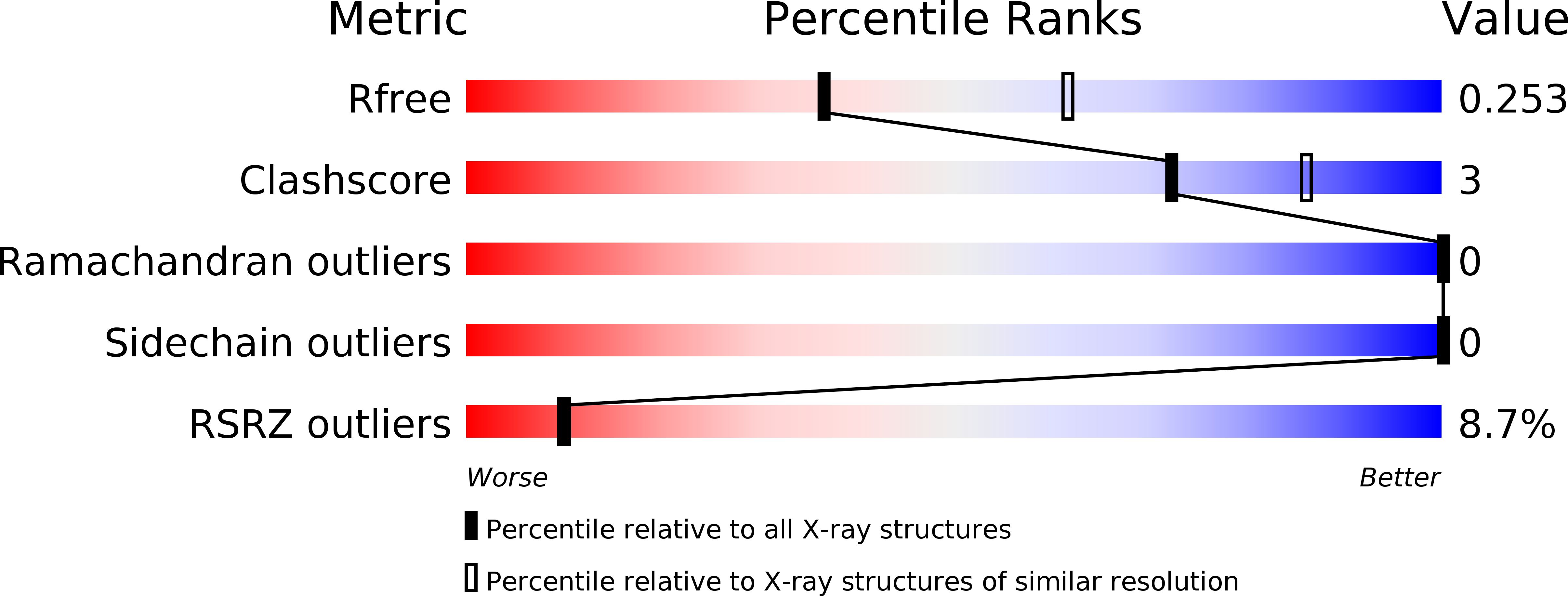
Deposition Date
2015-06-03
Release Date
2016-03-02
Last Version Date
2024-11-20
Entry Detail
Biological Source:
Source Organism:
Mycobacterium tuberculosis (strain ATCC 25618 / H37Rv) (Taxon ID: 83332)
synthetic construct (Taxon ID: 32630)
synthetic construct (Taxon ID: 32630)
Host Organism:
Method Details:
Experimental Method:
Resolution:
2.50 Å
R-Value Free:
0.24
R-Value Work:
0.22
R-Value Observed:
0.22
Space Group:
P 1 21 1


